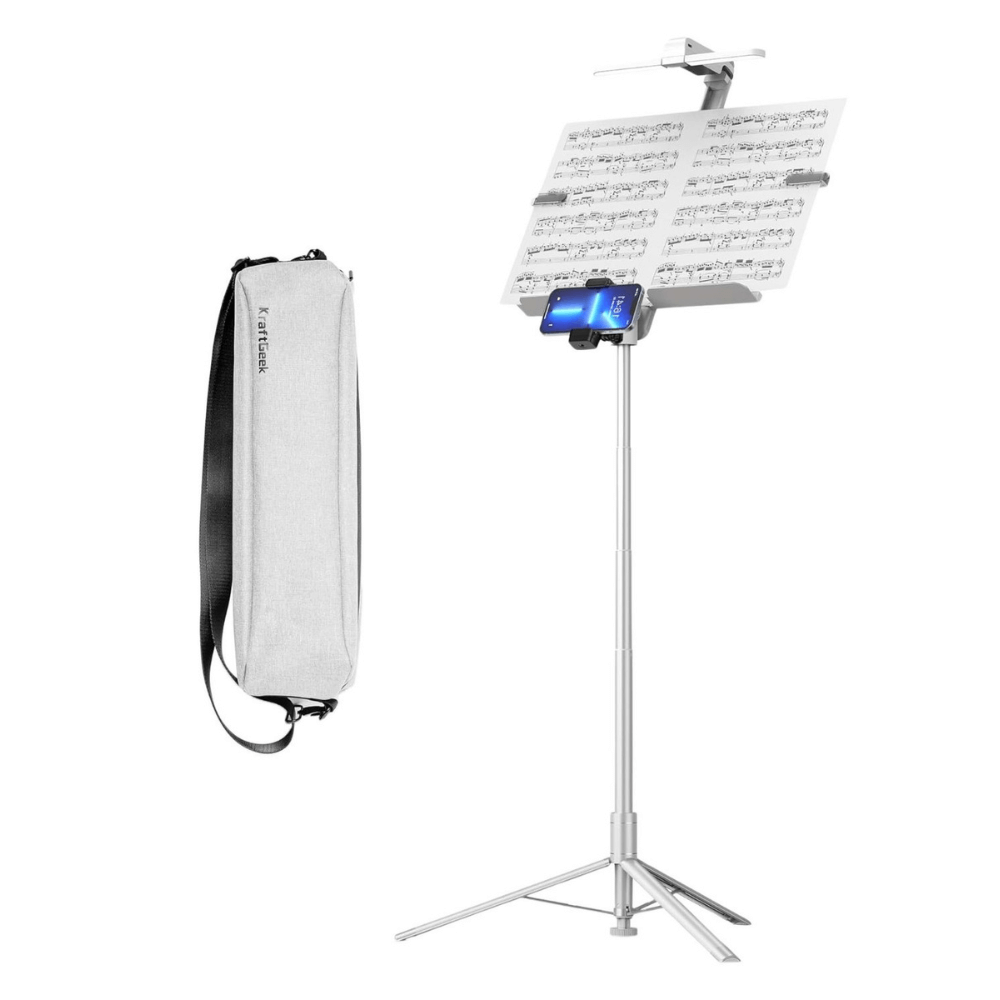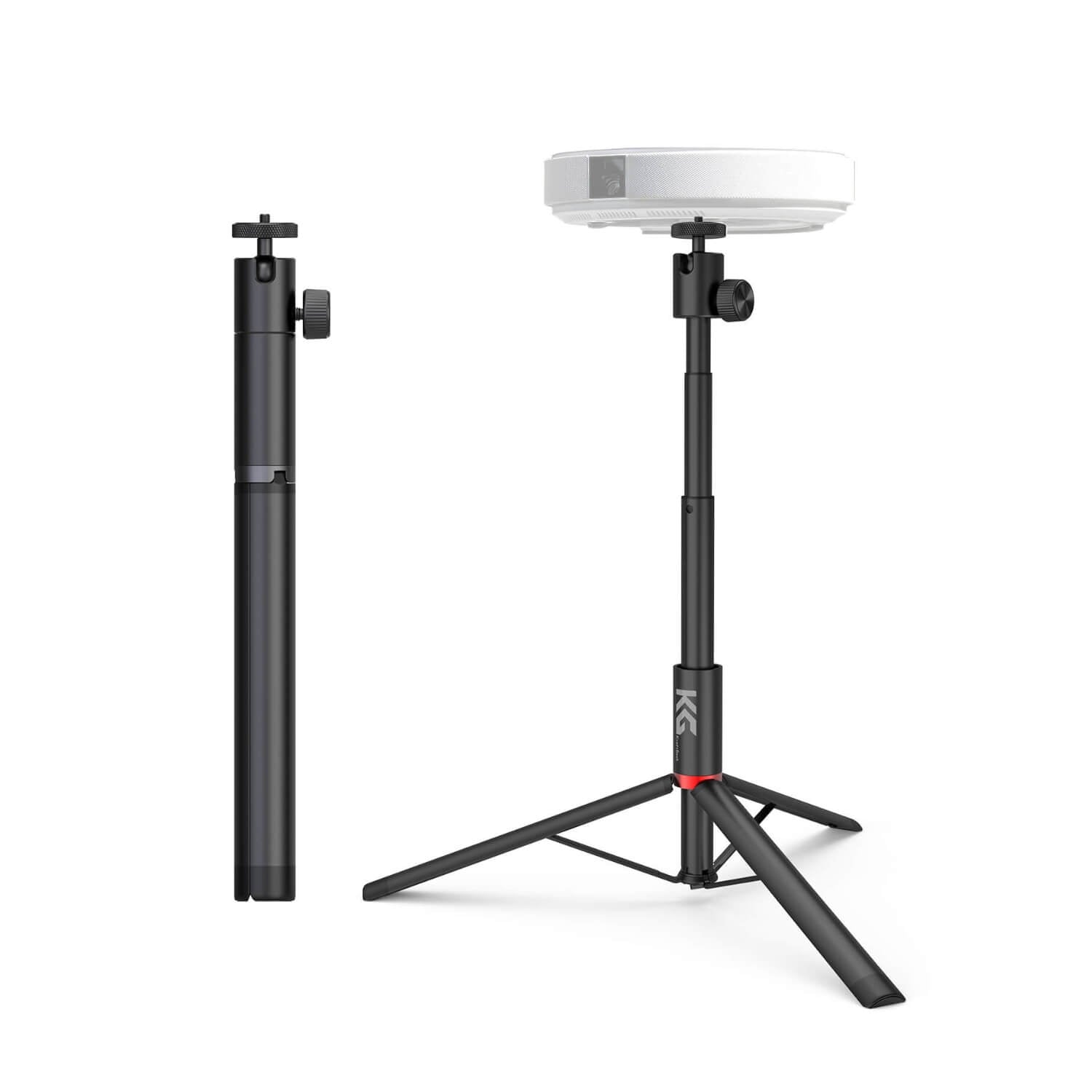Every aspiring guitarist faces a huge decision: which should be the first guitar: acoustic or electric? This is a subject that is often heard in many practice spaces and music stores’ and the opinions are as varied as the sounds the instruments are capable of producing. However, amidst the diversity of opinions, one truth remains constant: therefore in the end what matters is a person's decision based upon their specific choices, preferences, and musical taste.
Similarities Between Acoustic and Electric Guitars

1. Six Strings
Acoustic and electric guitars commonly have a set of six strings in EADGBE tuning. This homogeneity enables the players to play acoustic as well as electric guitars using their skills and knowledge without a need to carry out any major changes.
2. Tuning Mechanisms
Both guitars are equipped with tuning pegs located on the headstock and used by players to put a proper pitch on each string. This permits very fine-tuning so that the instrument sounds exact and harmonious.
3. Fretboard and Frets
The common feature between acoustic and electric guitars is their fretboard design, which is flat with a metal fret positioned at intervals on the neck. These frets play the role of measuring sticks for musical pitches, allowing musicians to create required notes and chords by pressing the strings against them.
4. Chord and Scale Vocabulary
Whether it is an acoustic or electric guitar, the fundamental language of chords, scales and musical techniques will remain the same. They have a bundle of chords, scales, and playing styles that can be used for different types and genres of music.
Differences Between Acoustic and Electric Guitars

1. Body Construction
The two types of guitars acoustic and electric differ in the way their bodies are made. The wooden acoustic guitars, which are usually hollow bodies, generate an amplified sound as the strings vibrate and create waves.
However, the fundamental distinction is that the electric guitar bodies are solid, commonly made of wood like maple or mahogany, and acoustically they are not available. While acoustic guitars work like them, electric guitars do not produce sound in the same way but through electronic amplification.
2. Sound Production Mechanism
The sound of the acoustic guitar is affected by the vibrations of the strings which are resonating within the body and being transmitted through the hole. Electric guitars in place of magnetic pickups - fixed devices near the strings —pick up the vibrations and convert them into electrical signals. These signals are then passed to an amplifier, where they are amplified and formed into human-perceivable sounds.
3. Neck Size and String Width
Most electric guitars tend to have thinner necks and strings laid close together, which can be an advantage for players with smaller hands or those who play faster styles. Even though acoustic guitars have wider necks and strings that are more spread out, they need greater finger strength and accuracy in order to hit the right notes.
4. Portability
Acoustic guitars in contrast to their electric counterparts are very portable as they are standalone devices requiring no amps and cables. The benefit that with an acoustic guitar, you can follow your feelings to play, for example, practice, performance, and outdoor is the point.
Additionally, this setup can be more demanding in terms of convenience for playing on the road since you need to use an amplifier, cables, and other accessories.
5. Tonal Versatility
Electric guitars have higher tonal versatility and control, as they can alter features like volume, tone, and sound effects pedals. Players can get all kinds of sounds ranging from clean and crisp notes to distorted and noisy textures using electric guitars that are appropriate for several musical genres and performing styles. Acoustic guitars have a distinctive tonality but have limited adjustability when it comes to tone shaping and effects manipulation.
Pros and Cons of Acoustic Guitars
Pros:
- Ideal for spontaneous sessions; no amplification is needed.
- Suited for intricate styles; wider spacing, and higher action.
- Great for beginners; no extra equipment required.
- Offers diverse tuning options like open or drop tunings.
- Easy capo is used for pitch alteration.
Cons:
- Limited control over volume, tone, and effects.
- Lacks deep bass response of electric guitars.
- Causes discomfort; requires fingertip calluses.
- Not easily customizable for sound alteration.
- Initial purchase cost may be high for quality models.
Pros and Cons of Electric Guitars
Pros:
- Onboard knobs enable tone adjustment and a wide tonal range.
- Amplifiable; manipulate tones, and experiment with effects using pedals.
- Thin necks, low action; comfortable for extended play.
- Versatile across genres; adaptable to musical styles.
- Comes with accessories like music sheet holders, pedals, and cases.
Cons:
- Needs amplification for sound; requires a power source.
- Initial cost may be high for advanced models.
- Requires regular maintenance for performance upkeep.
- Complex settings may confuse beginners.
- Less portable; needs amplifiers and equipment.
Product Recommendations
Conclusion
Keep in mind that there's nothing right or wrong for choosing a guitar. You can pick from a timeless acoustic guitar or an electric guitar that contains infinite opportunities. Nevertheless, it is better to select an instrument you resonate with and keep playing and exploring the music world.










